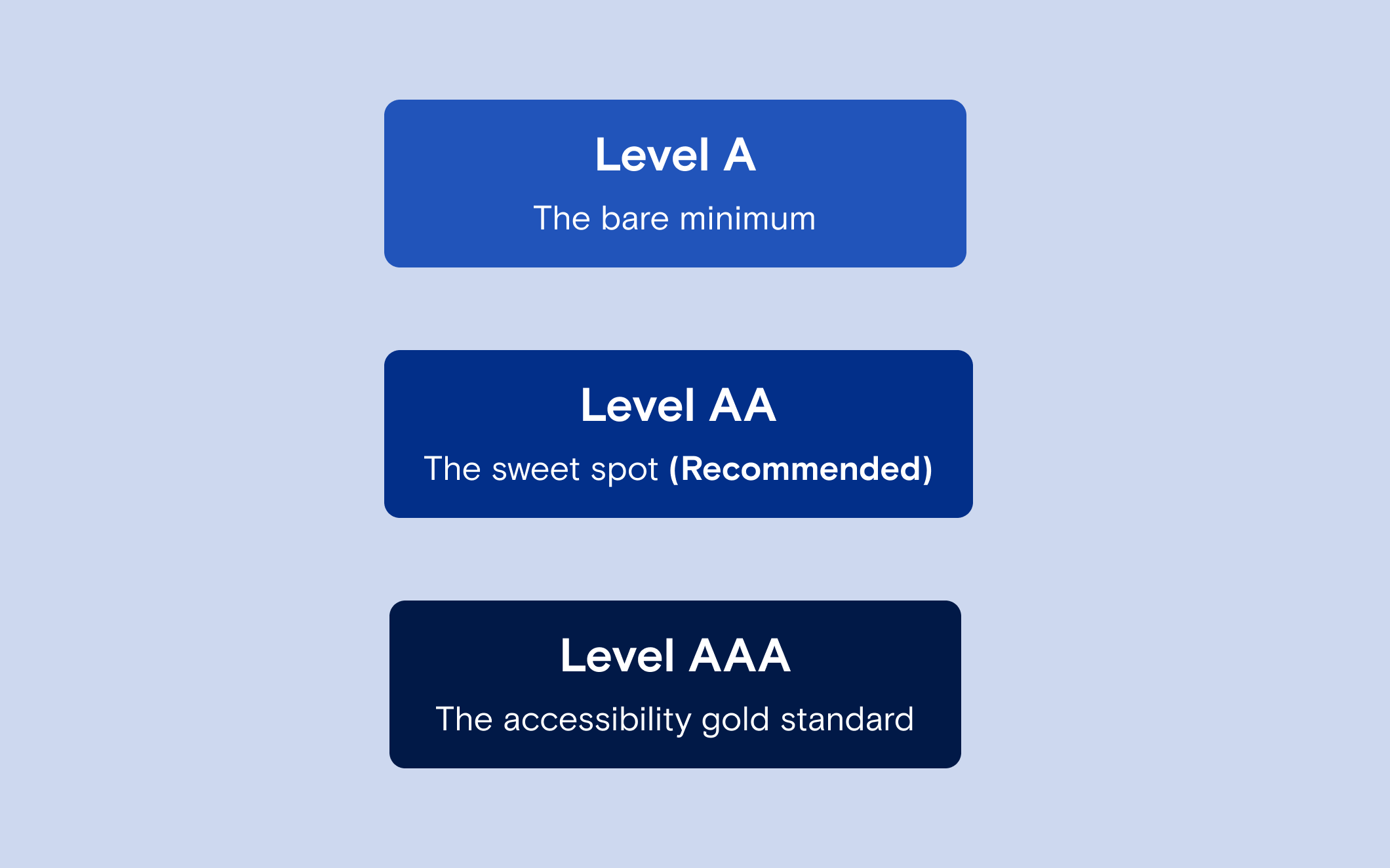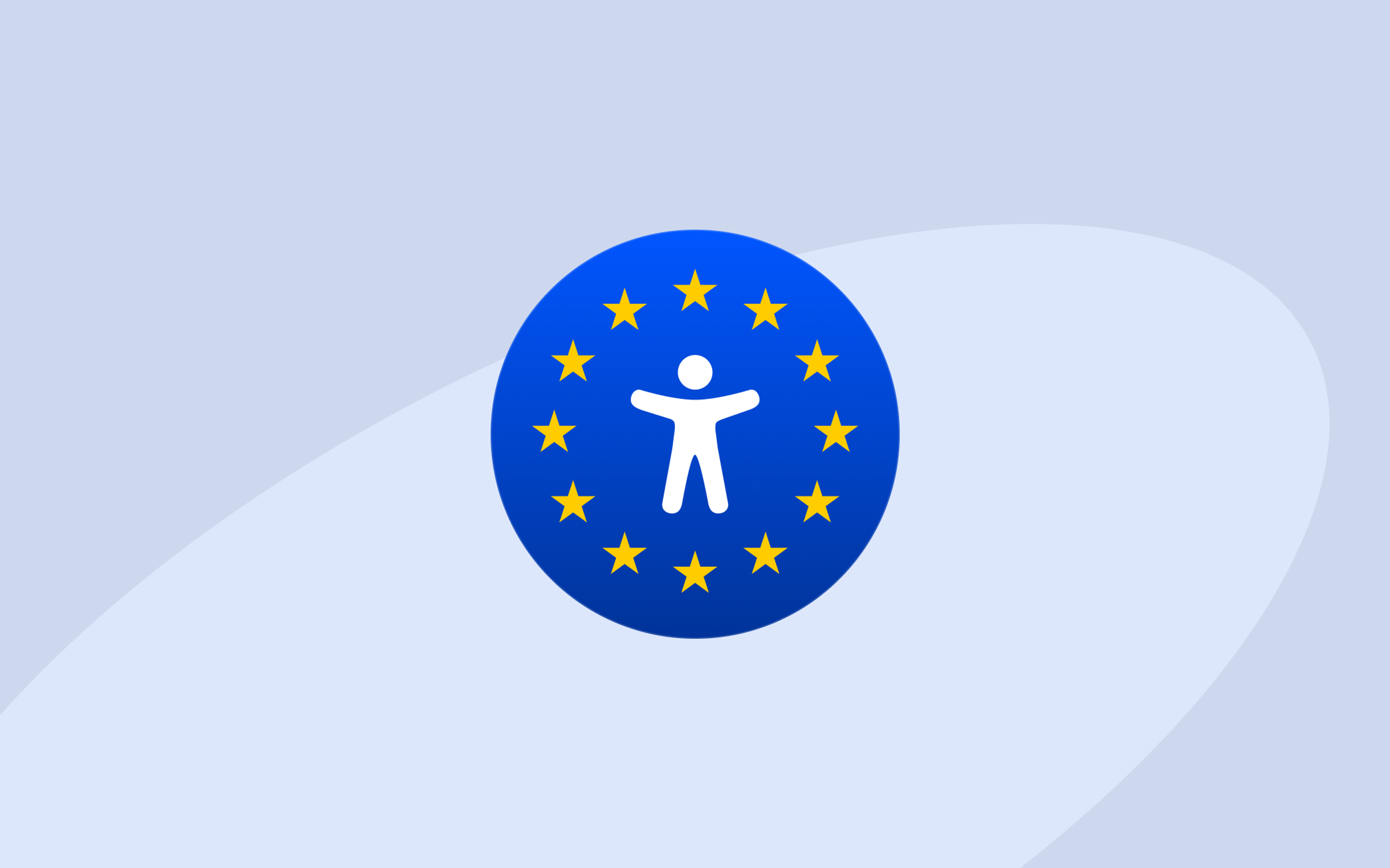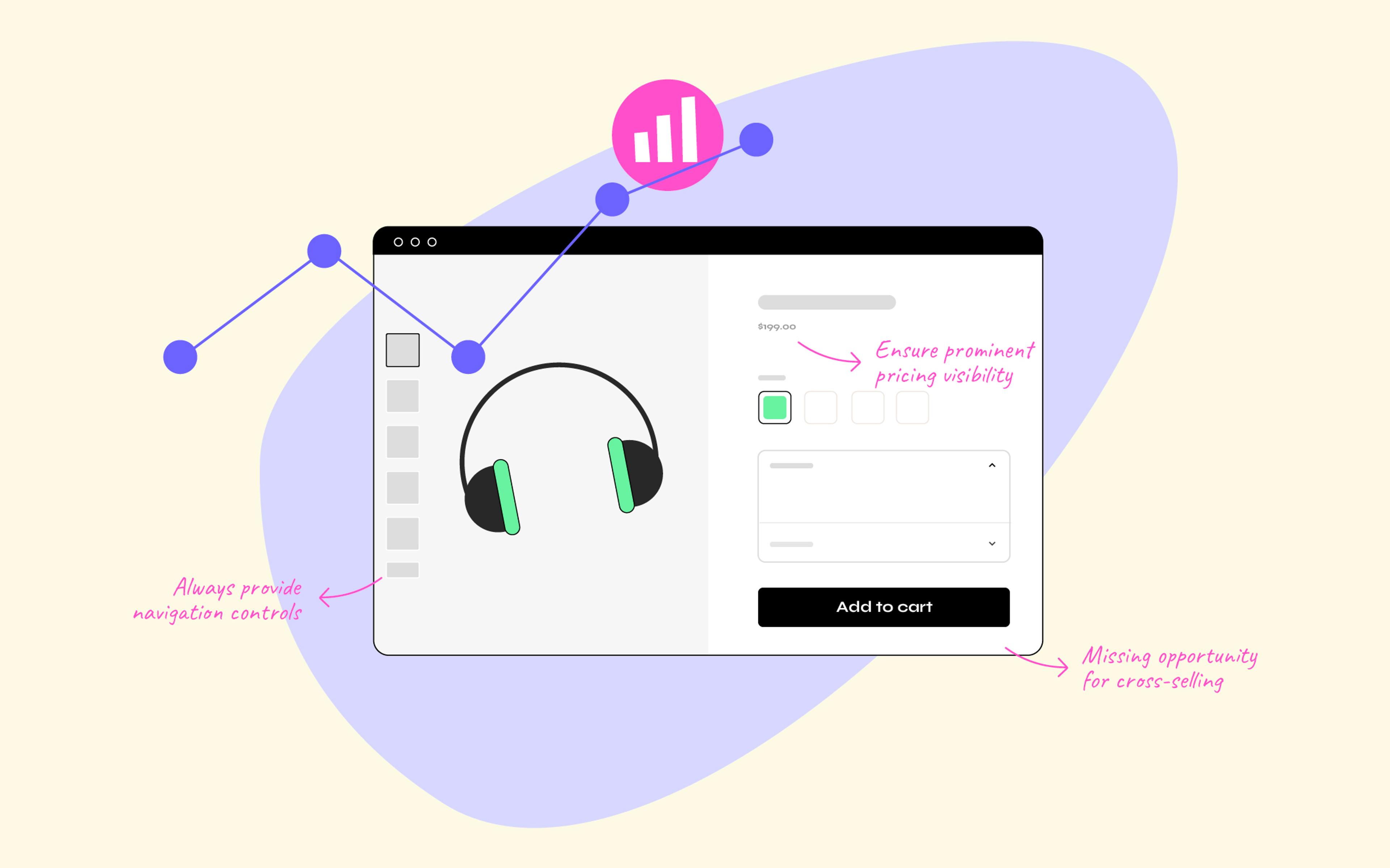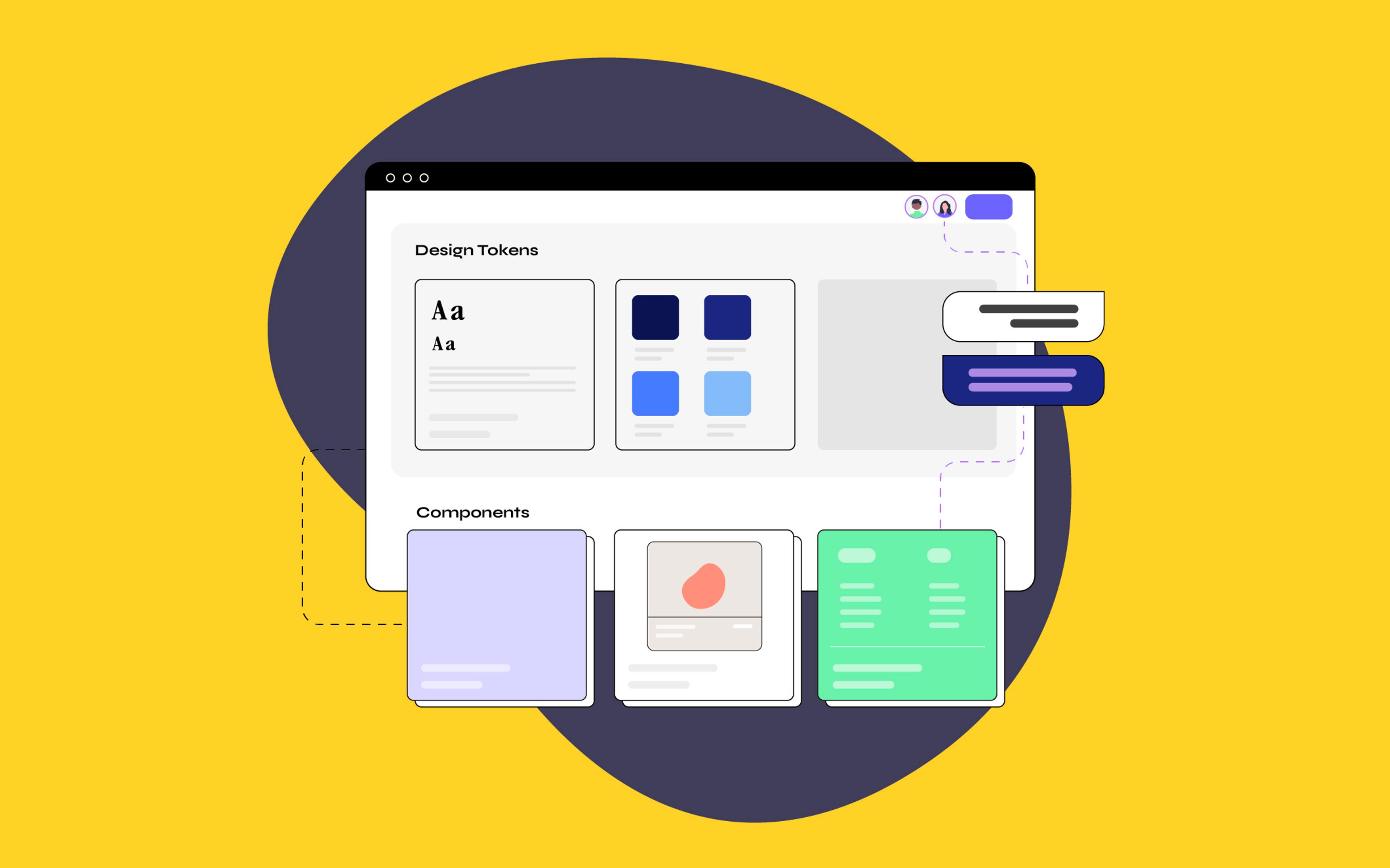The European Accessibility Act (EAA), set to take effect on June 28, 2025, will establish new standards for digital accessibility, transforming the lives of over 87 million people with disabilities across the European Union. This landmark legislation does more than enforce compliance—it challenges businesses to rethink their digital experiences and embrace inclusivity as a core priority.
For e-commerce brands operating locally or globally within the EU, this means re-evaluating your website to meet accessibility requirements. But accessibility isn’t just about legal compliance—it’s an opportunity to expand your audience, improve usability, and demonstrate your brand’s commitment to creating universally accessible online experiences.
The time to act is now. In this article, we’ll explore the significance of the EAA, what it means for your business, and actionable strategies to help you integrate accessibility into your e-commerce strategy.
What Is the European Accessibility Act?
The European Accessibility Act (EAA), grounded in the principles of the UN Convention on the Rights of Persons with Disabilities, seeks to make products and services more accessible to individuals with disabilities, older adults, and people with temporary impairments. Its ultimate goal is to foster a fair and inclusive society where everyone can access the opportunities and resources modern life offers.
The EAA applies to various industries, including e-commerce, and mandates compliance with accessibility standards by 2025. Failure to meet these standards could result in significant legal and financial repercussions, with specific penalties determined by each EU member state.
However, certain exemptions exist:
- Microenterprises (companies with fewer than 10 employees and an annual turnover of under 2 million euros) are exempt from mandatory compliance but are encouraged to prioritize accessibility.
- Member states may also introduce limited exceptions tailored to specific contexts.
Businesses that are not exempt must prioritize compliance to mitigate financial risks and safeguard their reputation in the European market. Let’s explore the key requirements they need to follow.
What Are the Requirements Requested by the EAA?
The EAA does not mandate specific technical standards, providing businesses with flexibility and room for innovation. However, the Web Content Accessibility Guidelines (WCAG) 2.1 are often referenced as the de facto framework for achieving compliance.
WCAG 2.1 is an internationally recognized set of standards developed by the World Wide Web Consortium (W3C) to ensure that web content is accessible to individuals with disabilities, including those with visual, auditory, physical, cognitive, or neurological impairments. These guidelines, also referenced in other major accessibility legislation like the Americans with Disabilities Act (ADA), offer a robust foundation for creating accessible digital experiences.
The guidelines are built around four core principles, ensuring that web content is:
- Perceivable: Information and user interface components must be presented in ways that users can perceive (e.g., providing text alternatives for images).
- Operable: Navigation and user interface elements must be operable (e.g., all functionalities must work via keyboard input).
- Understandable: Content and operation must be clear and intuitive (e.g., avoiding overly complex language and ensuring consistent navigation).
- Robust: Content must be compatible with assistive technologies, such as screen readers.

WCAG 2.1 defines accessibility through three levels of compliance:
- Level A (Minimum): Covers the most basic web accessibility features and barriers.
- Level AA (Recommended): Addresses a broader range of accessibility issues, making it the standard most commonly adopted by organizations.
- Level AAA (Highest): The most stringent level, though not all content can realistically achieve this due to its complexity.
While the EAA does not explicitly mandate WCAG 2.1, its principles align closely with the framework, making WCAG 2.1 an essential reference for compliance. Businesses operating within the EU are encouraged to adopt Level AA compliance as a baseline to meet the EAA’s requirements by June 28, 2025.
However, accessibility extends beyond mere compliance—it’s a strategic investment with tangible business benefits. By prioritizing accessibility, you not only fulfill legal obligations but also unlock opportunities for growth, customer satisfaction, and long-term economic advantages.
What Are the Economic Benefits of Accessibility?
Expanded Market Reach
Accessible websites and services open your business to a broader audience, including the over 87 million people with disabilities in the European Union alone. But the benefits extend beyond this demographic:
- Aging Population: As populations age, more users experience visual, auditory, or mobility-related challenges. Accessible design ensures these customers can engage with your e-commerce platform.
- Temporary or Situational Impairments: Accessibility considerations benefit people with temporary disabilities (e.g., a broken arm) or situational limitations (e.g., poor lighting or loud environments).
- Global Audience: Accessibility features like clear navigation, alt text, and keyboard usability often enhance cross-cultural usability, making it easier for non-native speakers and global audiences to interact with your brand.
By removing barriers, your brand becomes more inclusive, expanding its customer base and increasing revenue potential.
Improved User Experience
Accessibility often aligns with usability best practices, benefiting all users, not just those with disabilities. For example:
- Simplified Navigation: Clear layouts, logical flow, and intuitive interfaces make it easier for users to find products and complete purchases.
- Faster Checkout Process: Accessible forms with clear labels and instructions reduce frustration and cart abandonment rates.
- Mobile Optimization: Many accessibility improvements, such as touch-friendly buttons and adaptable layouts, enhance the mobile shopping experience—a critical factor as mobile commerce continues to grow.
When users have a smooth, frustration-free experience, they are more likely to return and recommend your brand to others.
Stronger Brand Reputation
Consumers increasingly value brands that demonstrate social responsibility. By prioritizing accessibility, you position your company as:
- Inclusive and Ethical: Showing commitment to inclusivity fosters trust and goodwill among diverse customer groups.
- Progressive: Leading in accessibility can position your brand as an innovator in the industry, setting an example for competitors.
Positive public perception translates into stronger customer loyalty, more referrals, and a brand that stands out in a crowded market.
Now that we’ve outlined the benefits of successfully implementing accessibility in your e-commerce strategy, let’s dive into some actionable steps to help you get started.
How To Get Started With Accessibility
1. Conduct an Accessibility Audit

The first step, once you familiarize yourself with the specific accessibility standards and requirements, is to conduct an accessibility audit of your e-commerce website.
This can be done manually—by navigating your site with a keyboard, testing screen reader compatibility, and reviewing color contrast—or automatically, using tools like Level Access, WAVE, or Lighthouse, to identify areas that do not meet WCAG 2.1 standards.
2. Define Accessibility Goals
Once you have the audit, you can establish clear, measurable objectives to guide your accessibility efforts.
When doing this, you’ll want to prioritize high-impact areas that have the most significant effect on user experience, including:
- Navigation menus to ensure seamless site exploration.
- Product pages for clear and accessible product information.
- Checkout forms to reduce barriers and improve conversions.
- Search functionality to help users find what they need effortlessly.
Remember: you should aim for WCAG 2.1 Level AA compliance as a baseline.
Develop a comprehensive roadmap that outlines the scope of your accessibility improvements, sets priorities, and defines a realistic timeline for implementation.
3. Educate Your Team About Accessibility
Accessibility is an ongoing effort, so educate your team to maintain compliance.
- Developers: Train them to write accessible code using best practices and tools like Accessible Rich Internet Applications (ARIA) for enhancing screen reader compatibility. Implement a workflow that includes automated accessibility checks—such as using the Lighthouse API—to review accessibility scores for every change to the code before deploying updates to the production environment. This ensures continuous monitoring and improvement.
- Designers: Educate your design team on WCAG 2.1 principles, including color contrast guidelines, scalable text, and keyboard accessibility. Encourage them to integrate accessibility considerations from the very beginning of the design process, ensuring that every layout, component, and interaction is inclusive by design.
- Content Creators: Train content creators to write clear, concise, and descriptive content that is inclusive and accessible. This includes using plain language, providing meaningful alt text for images, creating descriptive link text, and ensuring proper use of headings for better readability and navigation.
4. Monitor and Maintain Accessibility
Accessibility isn’t a one-time project—it requires continuous monitoring and adaptation to ensure your website remains inclusive and compliant over time.
Here’s how to maintain accessibility effectively:
- Conduct Regular Audits: Conduct periodic accessibility reviews to identify and address new issues that may arise from updates or changes to your website.
- Collect User Feedback: Actively seek feedback from users with disabilities to uncover pain points and prioritize improvements based on real-world experiences.
- Stay Up-to-Date: Keep track of updates to accessibility standards, such as WCAG revisions and changes in related legislation, to ensure your site remains compliant and up-to-date.
5. Seek Professional Support
If the complexities of accessibility implementation seem overwhelming, you don’t have to navigate them alone. Partnering with experts can provide the specialized knowledge, tools, and strategies needed to achieve compliance efficiently and effectively.
Professional accessibility consultants can perform a comprehensive audit of your website, identify areas of non-compliance, and provide actionable recommendations tailored to your website. They can also work with your team to develop a long-term accessibility strategy, ensuring that future updates align with standards like WCAG 2.1.
EAA: An Invitation to Innovate and Empathize
The EAA should not be viewed as a constraint but rather as an opportunity to innovate and build more inclusive digital experiences. By following the steps outlined above, accessibility can become a core focus of e-commerce development, driving both compliance and user satisfaction.
If you need assistance implementing accessibility in your e-commerce strategy, our team is here to help. We can audit your website to identify areas for improvement and guide you through achieving compliance. Get in touch to ensure your website is not only accessible but also a model of inclusivity and innovation.



